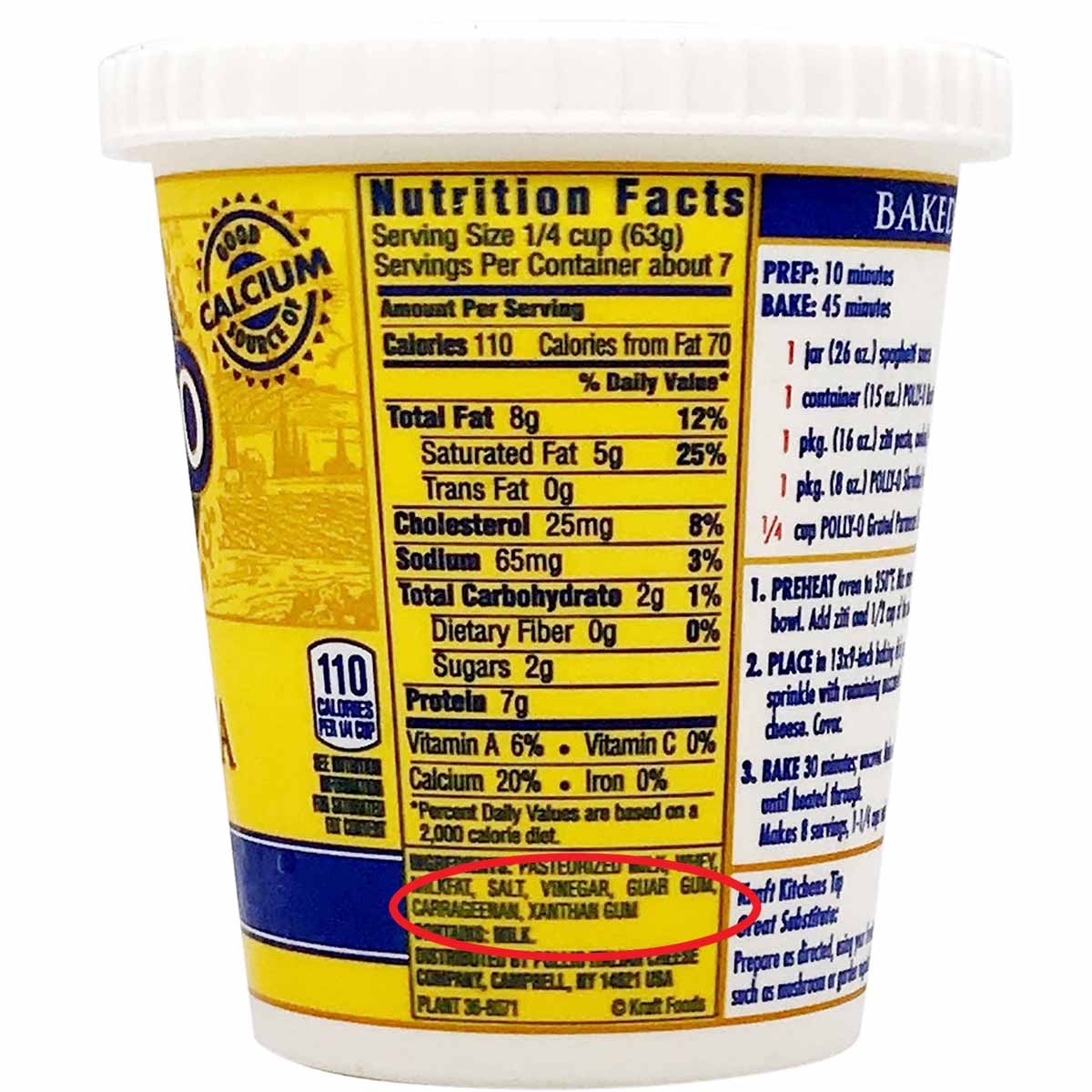A few years back, I grappled with digestive issues and couldn’t pinpoint the root cause. Upon my acupuncturist’s recommendation, I decided to experiment with a gluten-free diet to rule out potential triggers. In my quest for alternatives, I transitioned to store-bought gluten-free products and even ventured into baking my own gluten-free bread, incorporating Xanthan Gum to emulate gluten’s binding properties. To my surprise, my symptoms worsened. Upon sharing this with my acupuncturist, she promptly assessed me for a potential sensitivity to gums. The results revealed a pronounced sensitivity to various gums. This revelation propelled me to delve deeper into the rationale behind the food industry’s incorporation of these gums and assess their safety, especially when consumed in significant quantities.
I discovered there’s been growing scrutiny over these food additives and their potential health implications. Among these additives, xanthan gum, guar gum, and locus bean gum have come under the spotlight due to reported digestive issues associated with their consumption. Let’s delve deeper into the digestive concerns linked with these gums.
Xanthan Gum:
Xanthan gum, a polysaccharide derived from the fermentation of sugars with the Xanthomonas campestris bacteria, is widely used in the food industry for its thickening and stabilizing properties. However, some individuals have reported digestive discomfort after consuming products containing xanthan gum. Symptoms such as bloating, gas, and diarrhea are commonly associated with its consumption. While research is ongoing, it’s believed that xanthan gum’s ability to alter the gut microbiota and its high soluble fiber content may contribute to digestive disturbances in susceptible individuals.
Guar Gum:
Extracted from the guar bean, guar gum serves as another popular additive in processed foods, particularly in dairy products and baked goods. Similar to xanthan gum, guar gum’s thickening properties make it a valuable ingredient in many food formulations. Yet, some people experience adverse digestive reactions after consuming products containing guar gum. Symptoms may include abdominal pain, bloating, and increased gas production. The high soluble fiber content of guar gum is thought to be a primary contributor to these digestive issues, especially in individuals with sensitive digestive systems.
Locus Bean Gum:
Locus bean gum, derived from the seeds of the carob tree, is another additive known for its thickening and stabilizing properties in various food applications. While generally considered safe for consumption, some individuals may experience digestive discomfort after ingesting products containing locus bean gum. Symptoms such as bloating, flatulence, and abdominal cramping have been reported. Like xanthan and guar gum, the soluble fiber content of locus bean gum may be a contributing factor to these digestive disturbances.
Read Labels Carefully
If you suspect that these gums could be causing your issues, consider abstaining from them for a week. Take a close look at the ingredients in dairy items such as ice cream, ricotta cheese, cottage cheese, cream cheese, and various baked goods. Given that I’ve had to remove all gums from my diet, I’ve taken to preparing many of these foods from scratch. I’ve refrained from purchasing desserts, including those from places like Whole Foods, and have started making my own ricotta cheese. Once you begin scrutinizing ingredient lists, you’ll be astounded by how prevalent these gums are in numerous food products.


